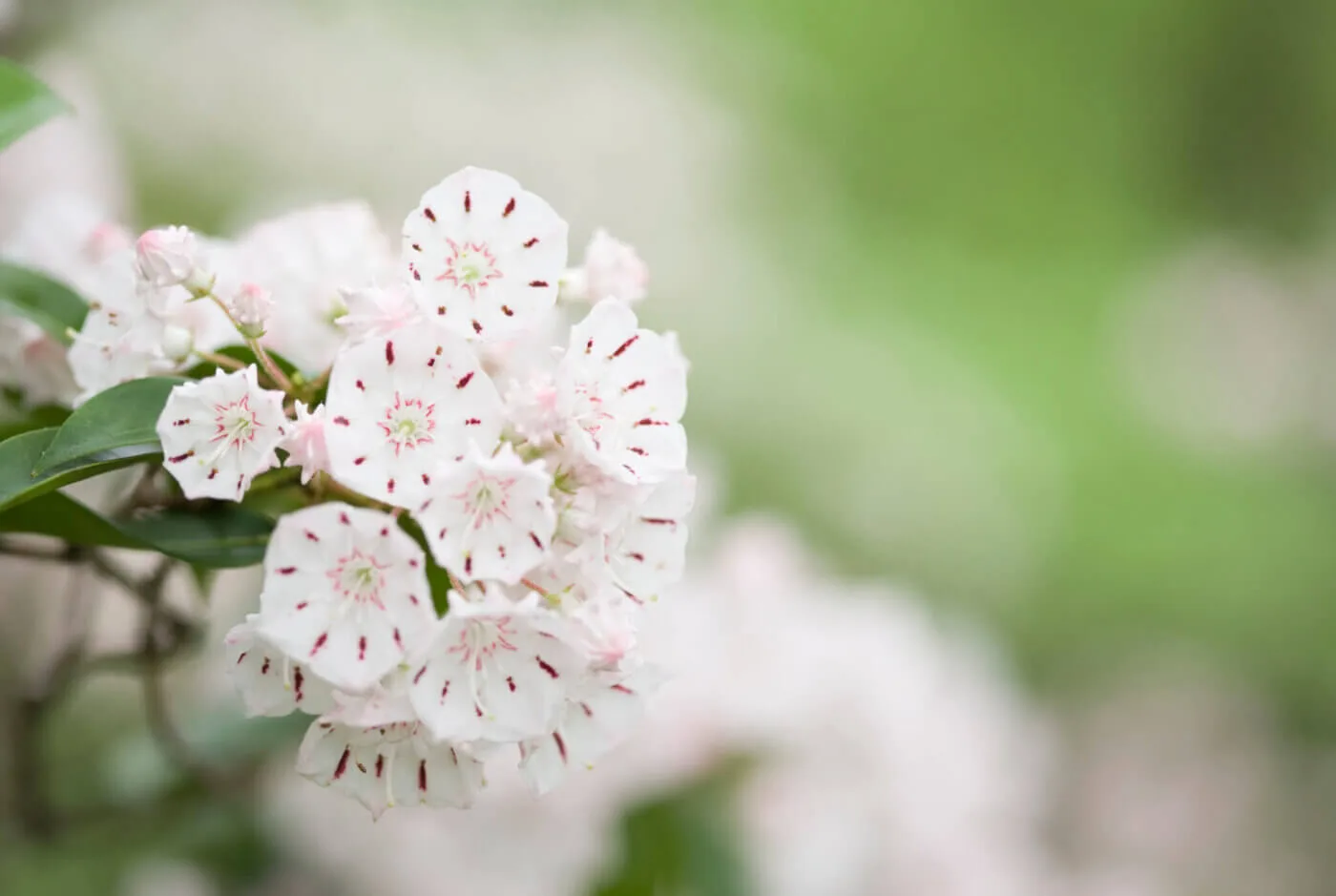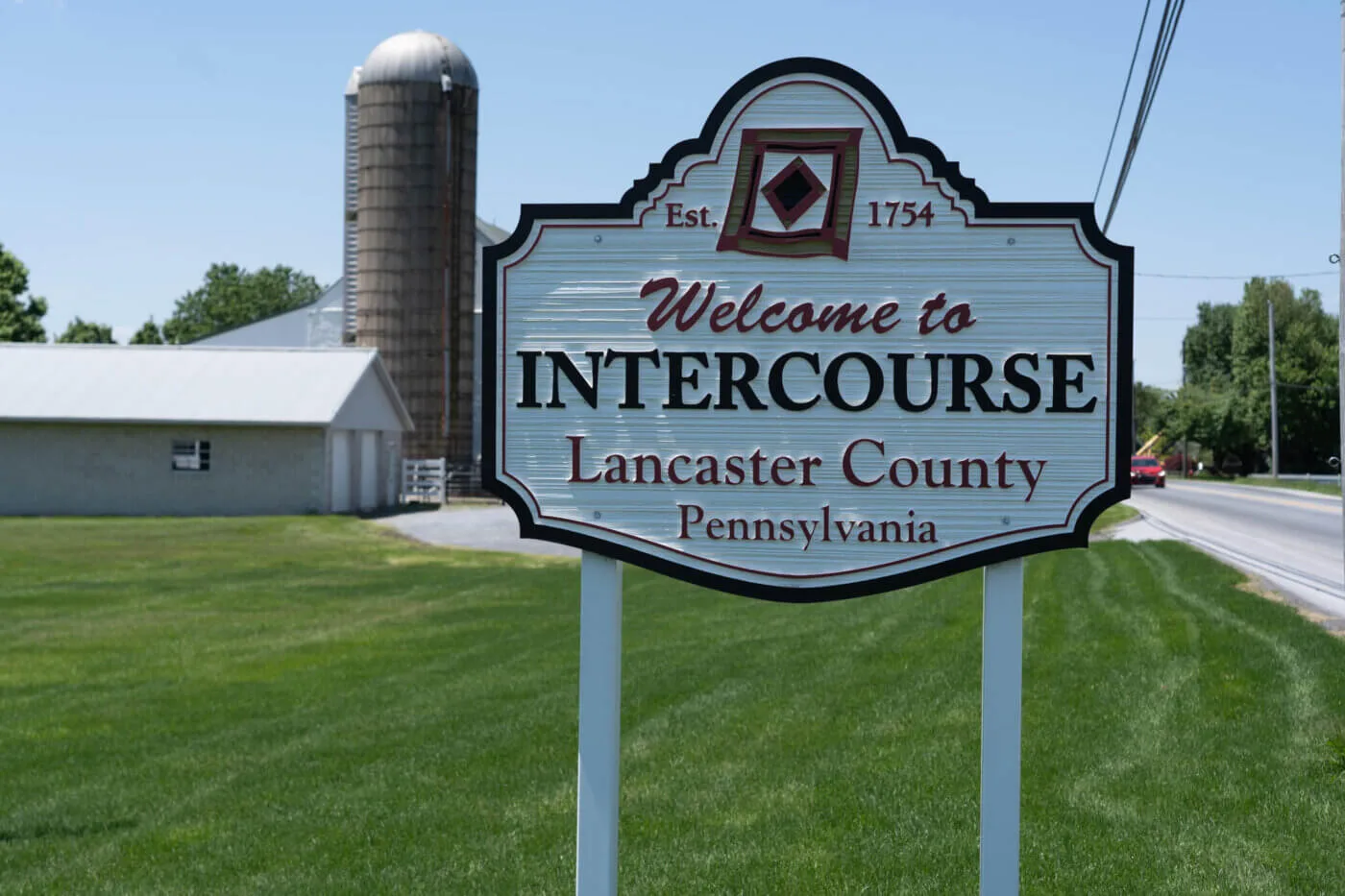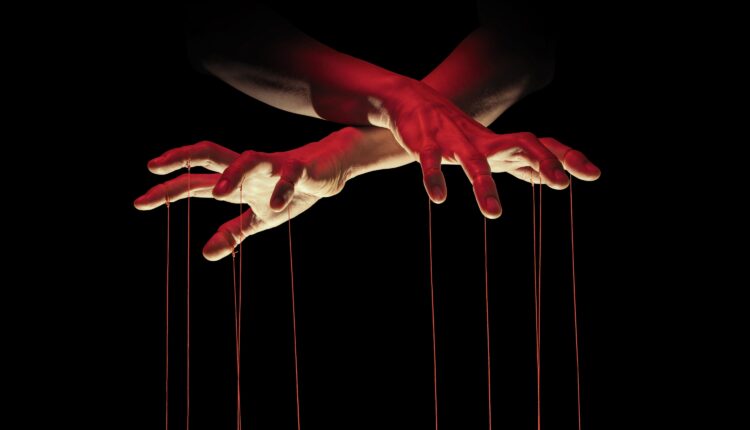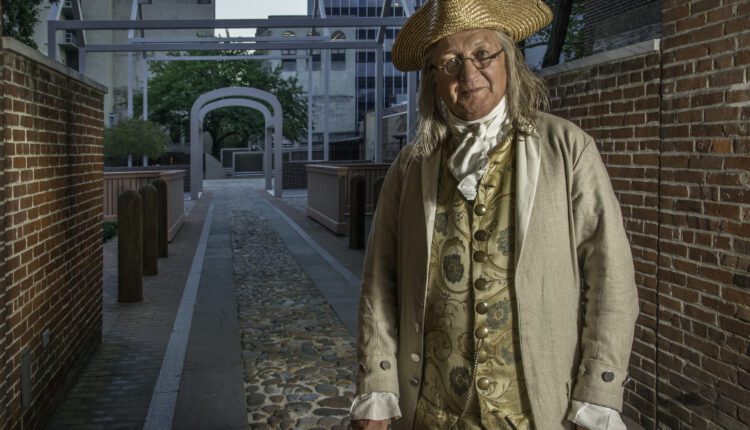
Photo courtesy of Shutterstock
The stories behind the animals, boats, trains, and beverages that officially represent the Keystone State.
Did you know that Pennsylvania has a state fossil? What about a state song?
Like many other states, Pennsylvania has an extensive list of official state symbols. From birds, to amphibians, to even trains, there are so many things that are considered official representations of Pennsylvania. Read on to learn what they are, and how they capture the essence of the commonwealth.
State Bird: Ruffed Grouse
The ruffed grouse has been Pennsylvania’s official state bird since 1931. It’s a relatively small bird, weighing around 1.5 pounds with a wingspan of 22 to 25 inches. This bird is most prominently recognized by the shimmery black feathers around its neck, resembling a ruffled collar.
The male birds are called drummers because of the way it acts during mating season. Male birds will fan their tails, stand on a large rock and beat the air swiftly with their wings at the female hens, making a drumming sound.
The ruffed grouse was an important part of the food supply for early settlers, and is a familiar sight in young, brushy forests in the commonwealth today. This challenging prey has also been dubbed “king of the gamebirds” because of its swift movements and ability to avoid predators of all kinds.

Ruffed grouse (Photo: Getty Images)
State Dog: Great Dane
Lots of states have a state dog, but dare we say Pennsylvania has the “greatest” one.
We’ve all heard the saying that a dog is a man’s best friend, and none other than Pennsylvania’s founder, Willliam Penn, would agree. A portrait of William Penn with his trusty Great Dane hangs in the Governor’s Reception Room at the capitol building today. Hence, the Great Dane is fittingly Pennsylvania’s official state dog, and has been since 1965.
The Great Dane represents Pennsylvania’s hunting and industrial legacy. Great Danes began as a hunting breed and later became a working breed, just as Pennsylvania went from a hunting to a more industrial state. The legislation that designated the Great Dane as the state dog reads, “the physical and other attributes of the Great Dane, to wit: size, strength, beauty, intelligence, tolerance, courage, faithfulness, trustworthiness and stability exemplify those of Pennsylvania.”
The Great Dane encapsulates the story of Pennsylvania’s roots to its position in history today, making it truly the perfect pup for the commonwealth.
State Animal: White-Tailed Deer
It is impossible to take a drive on Pennsylvania roads without running into the state animal: the white-tailed deer. This animal was a vital resource for natives and settlers who relied on it for food and clothing, and it continues to flourish across the state today. It became the official state animal in October of 1959 because it is considered a “proud and noble animal possessing intelligence, endurance and character.”
The deer population dwindled in the state by the end of the 1800s due to a lack of control over hunting. After the Pennsylvania Game Commission brought deer from other states and established “game lands” to restore the population, the deer population in Pennsylvania grew rapidly. By 2001, Pennsylvania’s deer population was around 1.5 million — three times more than what it was prior to European settlement.
It’s a tricky balance to both control and support the deer population in the commonwealth. The white-tailed deer is a beautiful animal with an important role in the biodiversity of the state, but also must be kept in balance with its surrounding habitat. So, drive safely!
State Tree: Eastern Hemlock
Named the official state tree in 1931, the eastern hemlock is a huge evergreen that can be found all over the state. It’s a very versatile tree, and the raw materials it provides were extremely useful and important to the development of Pennsylvania.
It is also a crucial aspect of the ecosystem in the state, providing shelter for wildlife and keeping a cold-water habitat suitable for the official state fish. But, the invasive species of hemlock wooly adelgid threaten the population of this tree. Trees infested with this insect often die, which impacts the animals that rely on the eastern hemlock for life.
Conservation efforts are helping to restore the population of these trees. Releasing predatory beetles to the adelgid, selective breeding of the trees, insecticides, and substitution with similar species all help maintain the environment.
State Flower: Mountain Laurel
In the springtime, Pennsylvania’s mountains are covered by a blanket of star-shaped pink and white flowers: the mountain laurel. In 1933, the Governor was faced with competing bills for the state flower, and signed the one advocating for the mountain laurel over the pink azalea.
The flower blooms during May and June, and to commemorate this, Pennsylvanians celebrate with the Laurel Festival. The Pennsylvania State Laurel Festival is held in Wellsboro, and the Western Pennsylvania Laurel Festival is in Brookville. Both events take place in June, filled with parades, games, music, and much more.

Mountain Laurel (Photo: Getty Images)
State Fish: Brook Trout
The brook trout is the only trout species native to Pennsylvania.Fittingly, it’s the state’s official fish. Brook trout are typically found in mountain stream habitats and live for an average of three years. It prefers cool, clean water, which is provided by both the state flower and state tree.
Also known as the speckled trout or “brookie,” these fish are in plentiful supply around the state. However, their survival is threatened by climate change and rising water temperatures. The survival of the brook trout speaks to the unique and fragile ecosystem in Pennsylvania, and stresses the importance of preserving nature and native species.
State Insect: Firefly
A core memory of childhood in Pennsylvania is running outside and catching the glowing insects dancing through the air in a jar. Whether you call it a firefly or a lightning bug, these beaming bugs are the perfect state insect for Pennsylvania.
The firefly was designated the state insect in 1974 thanks to the efforts of a group of elementary school students from Upper Darby. A species of fireflies called the Photuris Pensylvanica was actually named after the state.
Interestingly, the firefly isn’t actually a fly at all—it’s a beetle. Their diets are also quite unusual. While the larvae feed on invertebrates like snails, slugs, and worms, adult fireflies opt for the nectar of flowers like milkweed and aster, or they don’t eat at all. Unlike other species of firefly, however, the Pennsylvania firefly is carnivorous. Mating can be deadly for male fireflies as females can mimic their flash patterns to attract them before eating them.
State Amphibian: Eastern Hellbender
Not-so affectionately called the snot otter, mud devil, and Allegheny alligator, the eastern hellbender became Pennsylvania’s state amphibian in 2019. It is the largest salamander in North America at over two-feet long, and is covered in a layer of mucus. The look of it may make your stomach turn just as it did for early American settlers, who described it as “a creature from hell where it’s bent on returning.”
But despite its appearance, the eastern hellbender is a really important part of Pennsylvania wildlife. Its sensitivity to pollution makes it an indicator species, which means that its presence can identify healthy bodies of water. However, its population has been in decline largely because of the lack of trees along waterways in the state, causing waters to warm and polluted runoff to build up.
The eastern hellbender is considered endangered in several states, but not in Pennsylvania. In 2019, several organizations sued the US Fish and Wildlife Service, arguing that they violated the Endangered Species Act by not considering the eastern hellbender an endangered species.
Most of the eastern hellbender’s habitat in the Susquehanna watershed “no longer exists.” The designation of the eastern hellbender as the state’s official amphibian was intended to raise awareness of preservation efforts, but does not afford it any special protection.

Eastern hellbender (Photo: Getty Images)
State Beverage: Milk
Sharing the title with over 20 other states, Pennsylvania’s official state beverage has been milk since 1982. Pennsylvania is the fifth-largest producer of milk in the entire country, and farms compromise about a quarter of the land in the state.
Besides the importance of dairy farming to multiple state economies, the reason why so many other states have milk as their state beverage is intriguing. In the 80s, the dairy industry was dealing with overproduction as a result of policies from the Carter administration. To motivate more Americans to purchase and drink milk, dairy lobbyists worked to market it as an American beverage, leading several states to claim it as their official drink.
Fun fact: some say that the state drink can actually work as a repellent against the state animal. To protect crops, spraying diluted milk on garden plants can help deter deer from munching on them.
State Fossil: Phacops Rana
Thanks to an elementary school science class, the phacops rana, or trilobite, was designated Pennsylvania’s official state fossil in 1988. This prehistoric invertebrate lived in Pennsylvania over 250 million years ago, and can be recognized by its large “frog-like” eyes.
This extinct category of arthropods is related to crabs, lobsters, shrimps, and spiders. They are also among the most complex animals without backbones that exist, containing a well-developed nervous system, appendages for movement and feeding, and the most ancient vision system known by scientists, among others.
It is a common fossil found in many rocks in Pennsylvania today, but it is tricky to find a complete fossil. This is because the outer skeleton of the animal was joined by connections that decayed with the rest of the animal on death, thus separating many of its parts. But keep digging, and maybe you’ll get lucky.
State Song: “Pennsylvania” by Eddie Khoury and Ronnie Bonner
“Pennsylvania, Pennsylvania / May your future be, filled with honor everlasting as your history.”
This is the chorus of the state song “Pennsylvania,” written by Eddie Khoury and Ronnie Bonner. It was chosen from over 200 submissions, and became the official state song in November of 1990.
If you aren’t familiar with the song, you’re not the only one. Republican State Rep. Craig Williams (Delaware County) said he heard it for the first time at Gov. Josh Shapiro’s inauguration. He said, “It was a great performance of a bad piece of music, I think we can do better.”
Democratic State Rep. Joe Ciresi (Montgomery County) introduced legislation earlier this year to change the song, saying that it’s due for an update. Ciresi said, “This is something we should take pride in…this is something every member of this chamber should be able to sing, even if you don’t sing well.”
The bill to change the state song is currently in the Senate after it passed in the House. It reads, “It is in the interest of this Commonwealth to adopt a State song that represents the culture, history, spirit and people of Pennsylvania.” If passed, an independent commission composed of members of the state House and Senate would take suggestions for a new song from the public and music experts.
State Theater: Walnut Street Theatre
Founded in 1808, America’s oldest theater is also Pennsylvania’s official state theater. The Walnut Street Theatre in Philadelphia was given this title because “it has reflected overall development in American theatre” and is a treasured part of Pennsylvania culture.
According to the theater, it is the largest subscribed regional theater company in the world and is chock-full of history. One claim to fame is that the curtain call began here with a post appearance of actor Edmund Kean, a prominent actor from the 19th Century. Its stage has been graced by the likes of Katharine Hepburn, the Marx Brothers, Henry Fonda, Lily Tomlin, Penn and Teller, and so many more. It was also home to several pre-Broadway tryouts, such as “A Streetcar Named Desire” and “A Raisin in the Sun.”
In addition to its place in pop culture, the Walnut Street Theatre has some interesting political tales as well. In 1812, for its first theatrical production, “The Rivals”, Thomas Jefferson and Marquis de Lafayette were in the audience. In 1863, it was purchased by Edwin Booth, the brother of John Wilkes Booth who assassinated President Abraham Lincoln at Ford’s Theatre in Washington, D.C. just two years later. The Walnut Street Theatre also hosted a 1976 presidential debate between Jimmy Carter and then-President Gerald Ford.
State Locomotives: K4s, GG1 4859
Much of Pennsylvania’s infrastructure owes a debt of gratitude to state rail workers. It only makes sense that a state known for its railroads would have both a designated electric and steam locomotive.
Pennsylvania’s state steam locomotive is the K4s, which is probably what you’d picture when you think of a typical train. Comprising a black cylinder with a short stack on top, this was the main passenger locomotive of Pennsylvania railroads for decades. The Pennsylvania Railroad introduced this train in 1914, and 425 of them were built until it was retired in 1958.
The state’s official electric locomotive is the GG1 4859. Its sleek, colorful design gave it a contemporary look when it was introduced in 1937 to match its high speeds of 100 miles per hour. These trains pulled troop trains during WWII, and powered coal and passenger cars until 1979.
Both of these trains became official state locomotives in December of 1987. Though neither train model is in operation today, both of them can be found at railroad museums across the state.
State Ship: US Brig Niagara
The state ship of Pennsylvania is the US Brig Niagara, which was used by Naval commander Oliver Hazard Perry in The War of 1812 during the Battle of Lake Erie. The ship was used to protect the American coastline on Lake Erie from the British. The Niagara breached British lines, causing them to evacuate and surrender. This event was pivotal in the war, boosting morale and allowing the Americans to regain Detroit.
The ship has two masts and had a crew of 155 people during battle. The current US Brig Niagara is the third replica of the relief ship that was actually used in battle. It is ported at the Erie Maritime Museum, but also sets sail in the summertime as a training school vessel.
READ MORE: Late Summer Pennsylvania Adventures to Squeeze in Before the School Bell Rings

Did you know Philadelphia has 11 sister cities?
As part of an effort to promote international understanding, Philadelphia has 11 sister cities in 10 countries. Here's a bit about each one. A...

8 Pennsylvania Town Names That Will Make You Blush
Is it just us, or does Pennsylvania seem like it has more R-rated town names than any other state? How did Pennsylvania towns like Climax and...

Unearthing the supernatural: Explore 6 of Pennsylvania’s haunting legends and myths
Pennsylvania has no shortage of locations where spooky happenings from yesteryear are a big part of the attraction. Pennsylvania history is full...

Cult following: 5 strange societies & cults with Pennsylvania ties
Learn about the unusual cults and religious groups that have roots in Pennsylvania. Surely, we know a cult when we see it, like when a charismatic...

Inside Ben Franklin’s final days (and final words) in Philly
Read about the final days of the most well-known American renaissance man, Ben Franklin. As a founding father, Benjamin Franklin made a mark on the...


